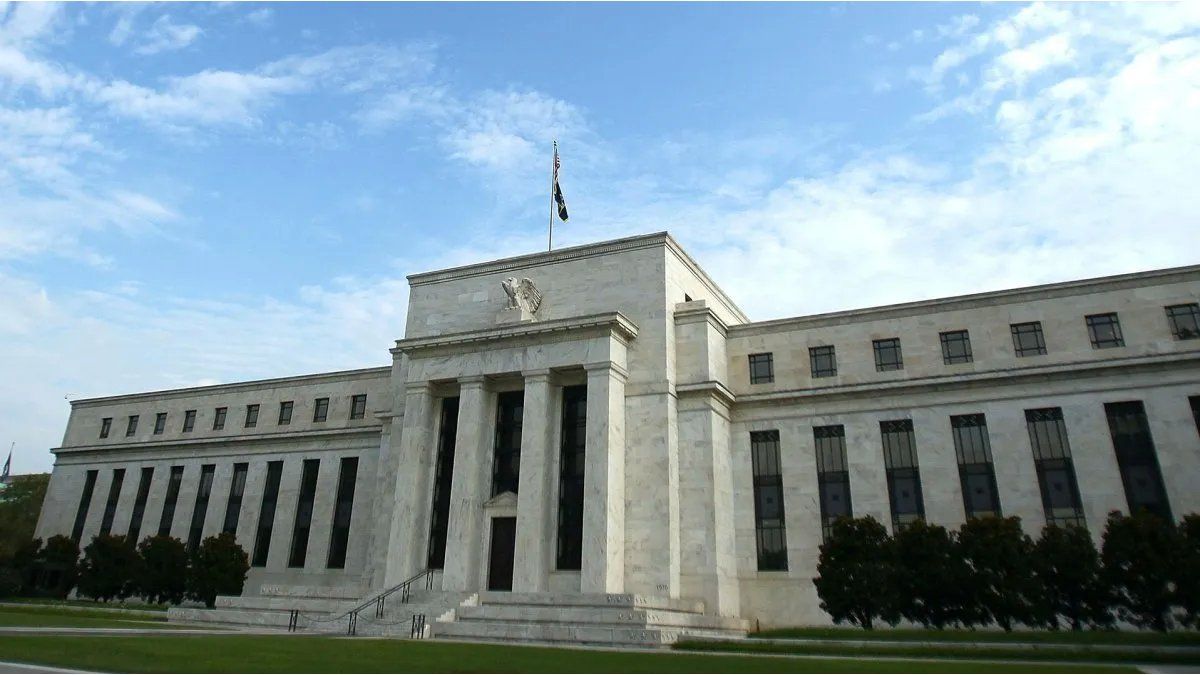The president of Federal Reserve Bank of New York, John Williams, welcomed the arrival of softer data on the inflation consumption, he told Reuters, but He said the positive news is not enough to call on the US central bank to cut interest rates soon.
While it’s important not to read too much into the latest economic news, the softer tone of April’s consumer price index is “kind of a positive development after a few months of disappointing data,” Williams said in an interview. with Reuters on Wednesday.
“The general trend looks reasonably good” for a gradual slowdown in inflationary pressuresWilliams said. But he is still not confident enough that price pressures are moving sustainably toward the Fed’s 2% inflation target before reducing short-term borrowing costs. Monetary policy is “tight” and “in a good place,” Williams said.
“I don’t see any indicators now that tell me… that there is a reason to change the monetary policy stance now and I don’t expect that, I don’t expect to get that greater confidence that we need to see in inflation progressing toward a target.” of 2% in the very short term”. “I don’t see any need to tighten monetary policy today,” Williams said, pouring water on speculation that the Fed might need to raise rates further to bring inflation down to desired levels.
The head of the New York Fed, one of the central bank’s most important voices who also serves as vice chairman of the Federal Open Market Committee (FOMC), in charge of setting rates, was interviewed following Inflation data indicated a welcome slowdown, renewing Wall Street’s hopes that the Fed could cut interest rates this year. The general CPI for April rose 3.4% compared to the previous year, below the 3.5% in March, while prices excluding food and energy rose 3.6%, the smallest increase in three years.
In his statements, Williams offered his first broad view of monetary policy and the economic outlook since the FOMC met this month and kept the policy rate between 5.25% and 5.50%, where it has been since July. Monetary leaders also announced they would slow the pace of their effort to reduce the central bank’s bloated balance sheet.
This year, higher-than-expected inflation data has complicated the outlook for the Federal Reserve’s monetary policy. In March, Fed officials were forecasting three rate cuts over the course of 2024, but persistent inflation has led them to back away from firm rate cut projections. Some officials have even considered possible rate increases.
Further complicating the outlook, the latest growth and hiring data have moderated, raising the risk of a low-growth, high-inflation economy that would be difficult for Fed policymakers to manage.
Meanwhile, Wall Street bets on rate cuts have been volatile, with traders and investors now targeting a first quarter-point cut in September and a second by the end of the year.
In his comments Tuesday, Fed Chair Jerome Powell said, “I expect inflation to come back down…on a monthly basis to levels that more closely resemble the lower readings we had last year.” Powell also balked at the prospects of a rate hike, stating that “it is more likely… that we will keep the official interest rate where it is.”
In his remarks, Williams said the economy remains on solid footing and is reaching greater equilibrium. The labor market remains “strained,” although it is moving to a better place primarily through eliminating excesses, rather than pushing up unemployment.
Williams said unemployment will likely rise to 4% this year, from 3.9% now. Meanwhile, he said inflation as the Fed’s preferred measure — the personal consumption expenditures price index — will likely be in the low 2% range by the end of the year, hovering around 2.5%. %. He expects it to be close to 2% next year and to remain at that level sustainably thereafter.
To change monetary policy, Williams says the Fed must trust that inflation will remain at 2%, not hit 2%, before acting to cut rates. “It shouldn’t be that we’re at that 2% level, because then I think we’ll have waited too long,” he said.
Williams also said the Federal Reserve’s balance sheet, which doubled its size in stimulus bond purchases, is still having some “modest” impact on bond yields as the central bank works to reduce the size of its holdings.
Source: Ambito
I am a 24-year-old writer and journalist who has been working in the news industry for the past two years. I write primarily about market news, so if you’re looking for insights into what’s going on in the stock market or economic indicators, you’ve come to the right place. I also dabble in writing articles on lifestyle trends and pop culture news.




